Exploring the Rich Tradition of Sepedi Traditional Attire
Exploring the Rich Tradition of Sepedi Traditional Attire
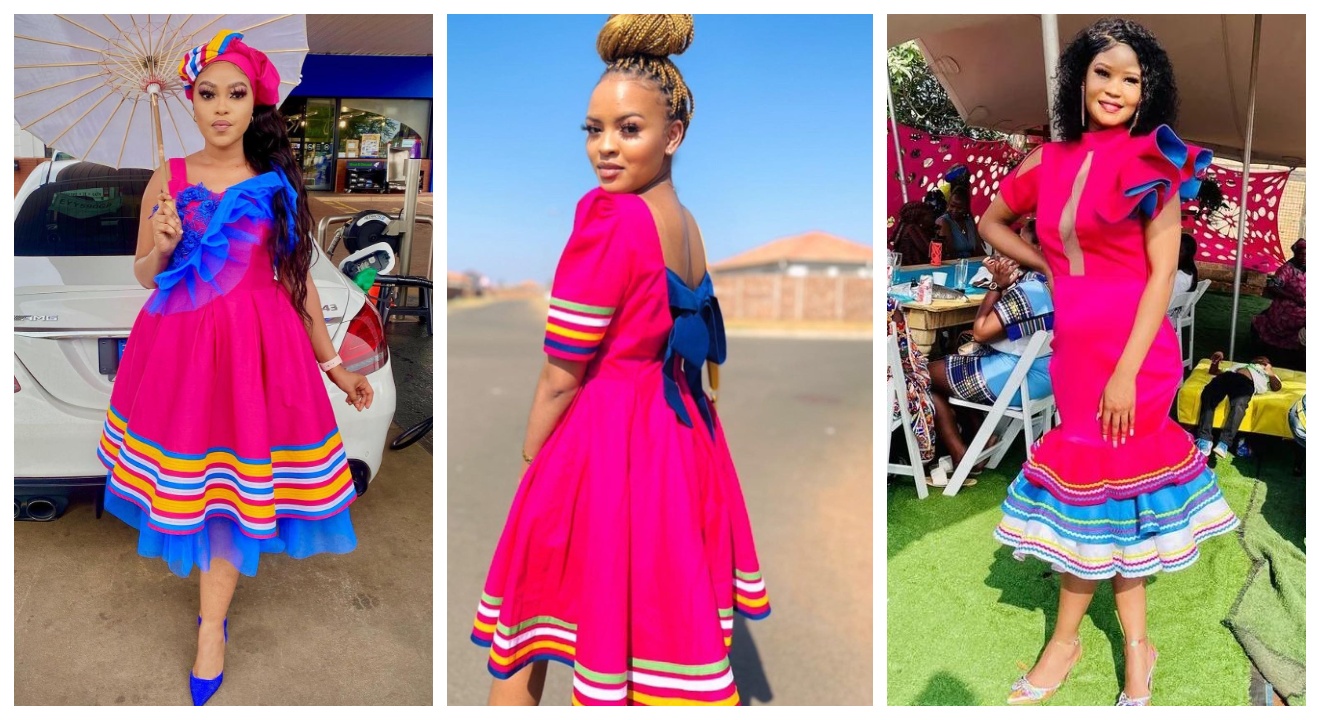
Introduction to Sepedi Traditional Attire
Sepedi traditional attire is a vibrant, unique and rich cultural expression of the Sepedi people of South Africa. It embodies their heritage, customs, and values, and is celebrated during various traditional ceremonies and events. This article will provide an overview of Sepedi traditional attire, as well as explore its significance and cultural importance.

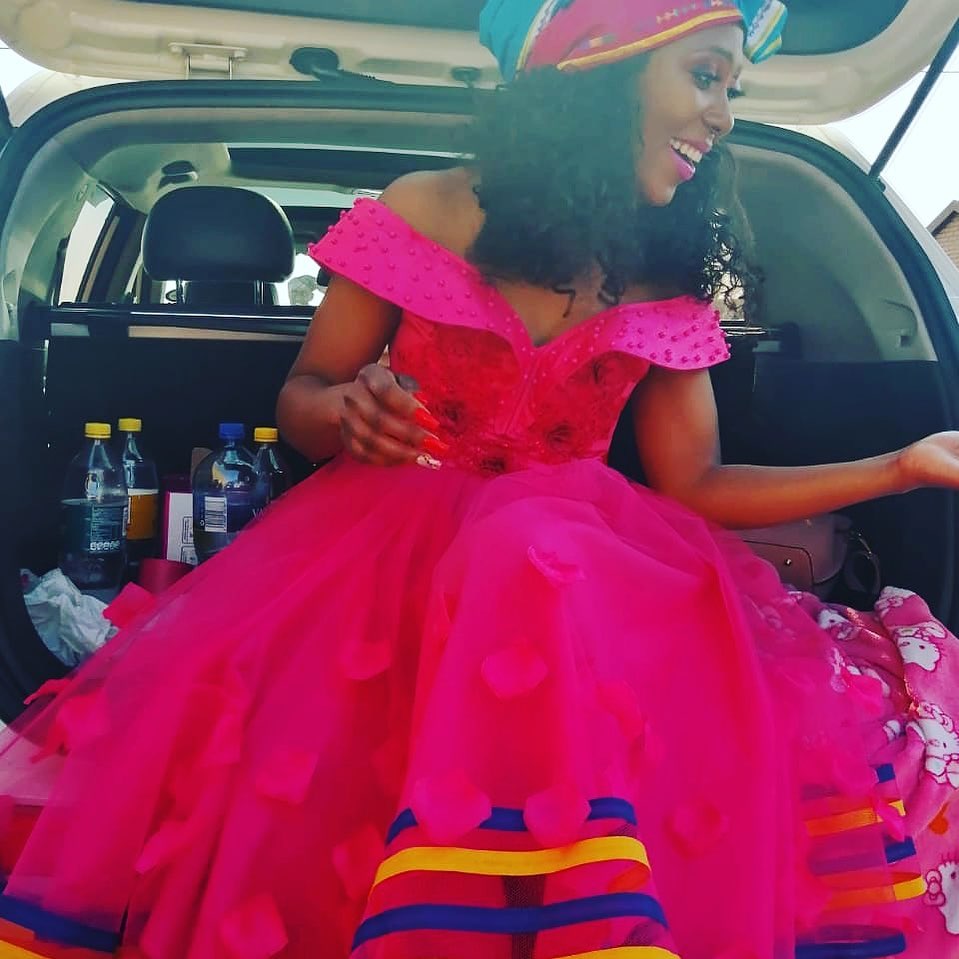
Overview of Sepedi Traditional Attire
Sepedi traditional attire is characterized by a colorful array of fabrics, intricate beadwork, and elaborate designs. Women often wear a bodice called a “tšogwana” along with a pleated skirt known as “thobela.” They also accessorize with beaded necklaces, bracelets, and earrings. Men traditionally wear a loin cloth called “tshega” or “phashana” along with a beaded belt and accessories.
Significance and cultural importance of Sepedi Traditional Attire
Sepedi traditional attire serves as a symbol of cultural pride and heritage. It connects the wearer to their roots and reinforces a sense of belonging within the Sepedi community. It also plays a significant role in important life events such as weddings, initiation ceremonies, and other traditional celebrations. By preserving and showcasing their traditional attire, the Sepedi people are able to pass down their customs and traditions to future generations, ensuring the longevity of their rich cultural heritage.
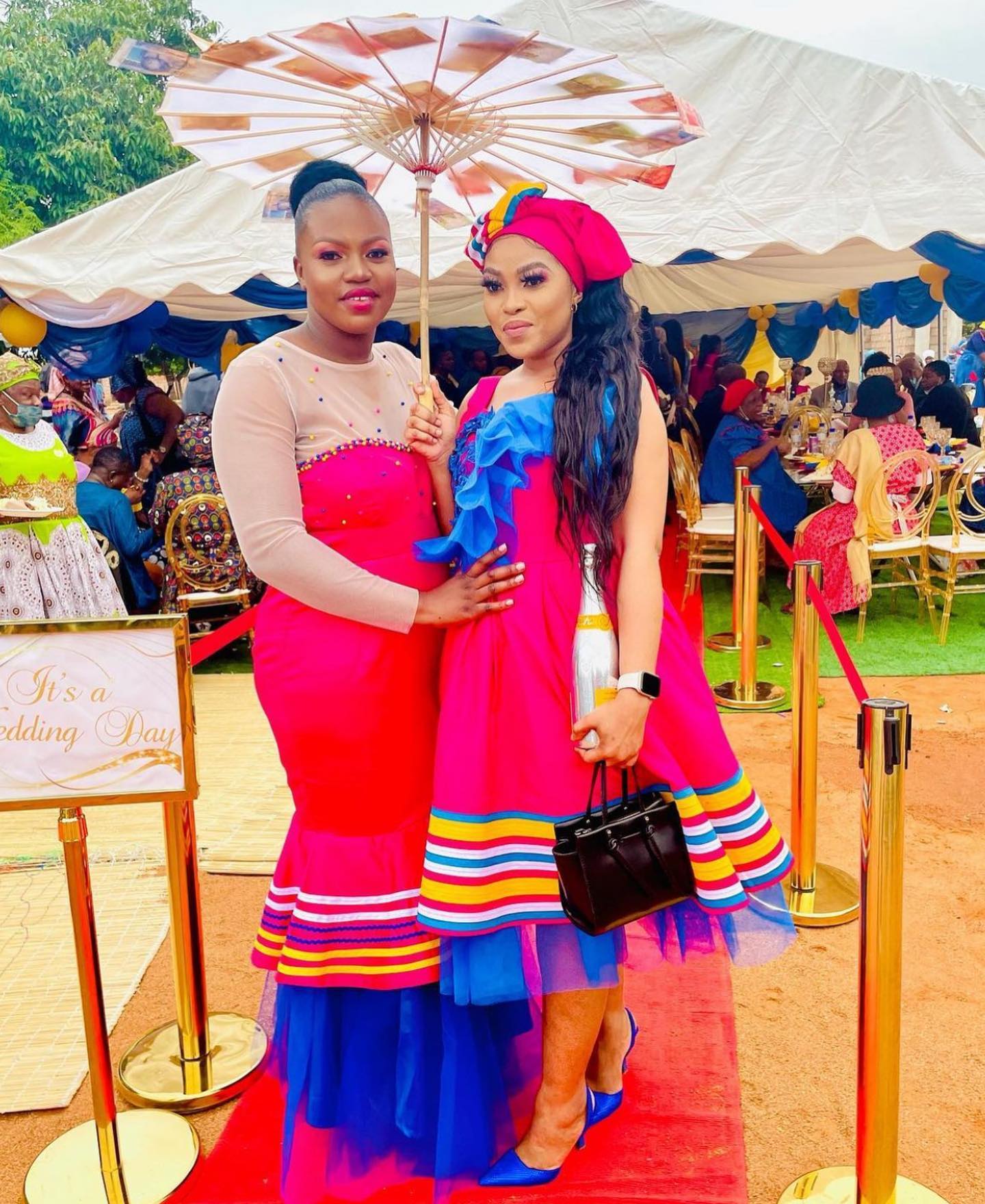
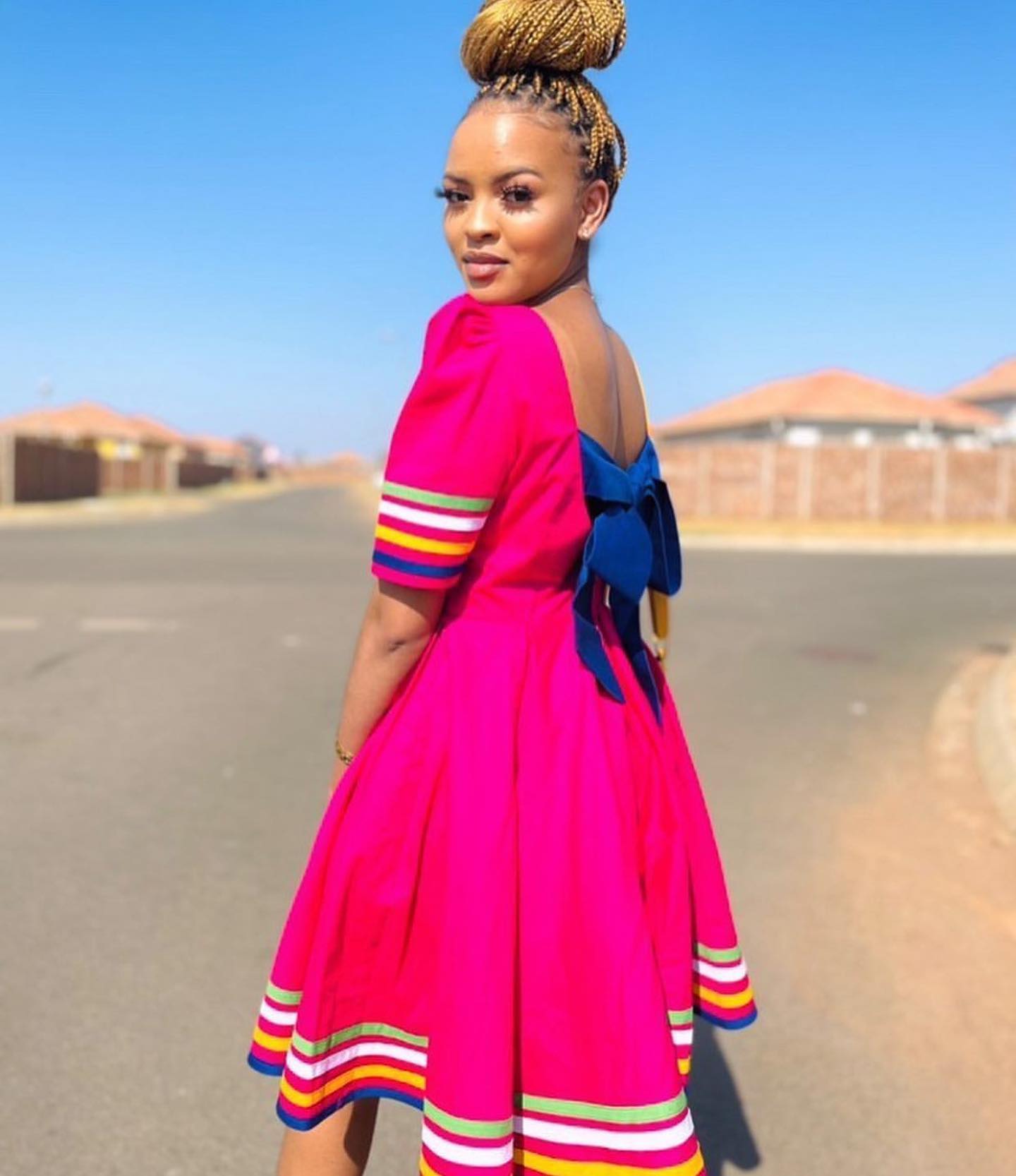
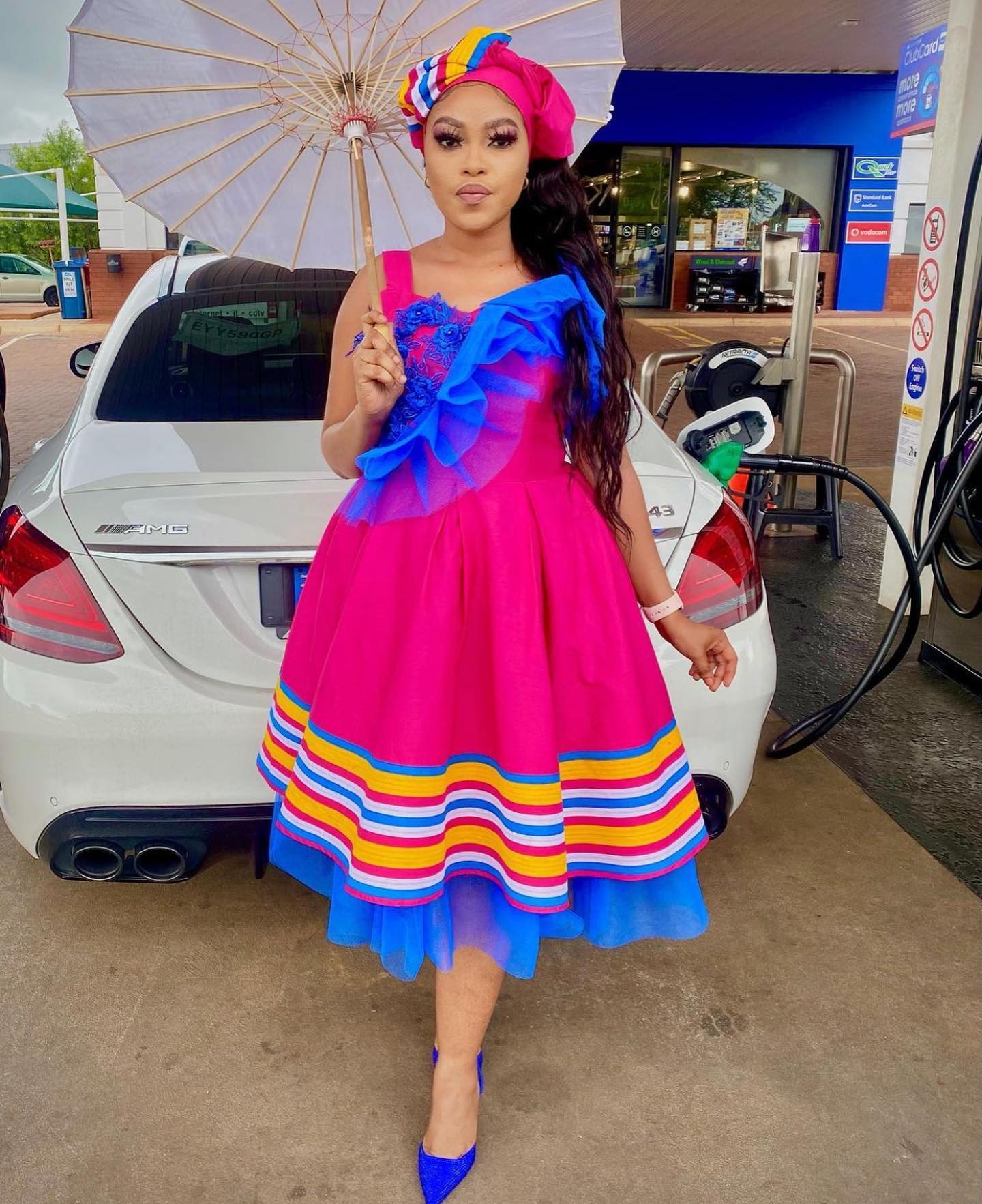
Traditional Attire for Women
The Sepedi traditional attire is a rich and vibrant expression of culture and heritage. For centuries, the women of the Sepedi tribe in South Africa have adorned themselves in beautiful clothing that reflects their unique identity.
Sepedi Traditional Attire for Women
Sepedi traditional attire for women is characterized by its colorful fabrics and intricate beadwork. The clothing consists of various pieces such as dresses, skirts, and tops, all beautifully crafted with attention to detail.
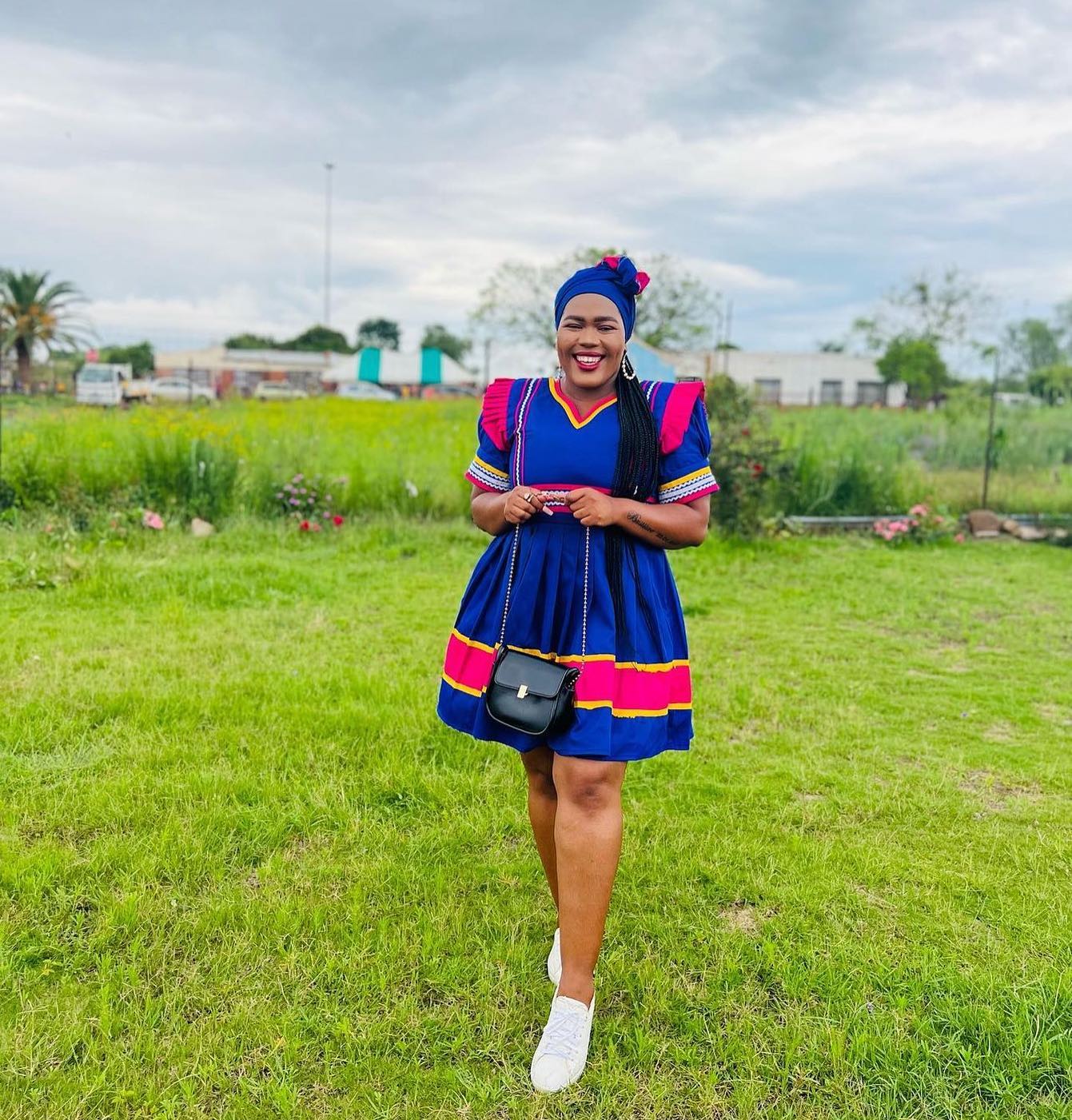

Different styles and designs of Sepedi Traditional Attire for Women
There are a multitude of styles and designs when it comes to Sepedi traditional attire for women. From the Ndebele-inspired geometric patterns to the more contemporary prints, there is something to suit every taste and occasion.
Women often pair their attire with accessories such as beaded necklaces, bracelets, and headgear to complete the look. The attire is not only a celebration of tradition but also a way for women to express their individuality and pride in their cultural heritage.
In conclusion, the Sepedi traditional attire is a significant part of the rich tradition and identity of the Sepedi people. It serves as a symbol of cultural pride and is a beautiful expression of their unique heritage.
Traditional Attire for Men
Sepedi traditional attire is rich in culture and heritage, reflecting the beauty and diversity of the Sepedi people. From ceremonial events to everyday wear, the attire holds a significant place in their lives.
Sepedi Traditional Attire for Men
Men’s traditional attire in Sepedi culture often includes a shirt called a “kurtage” or “kobone,” which is made from vibrant and colorful fabric. This shirt is usually accompanied by trousers, a vest, and sometimes a traditional blanket known as a “tshono.” The patterns and colors used in these garments hold symbolic meaning, representing various aspects of the Sepedi culture such as spirituality, status, and history.


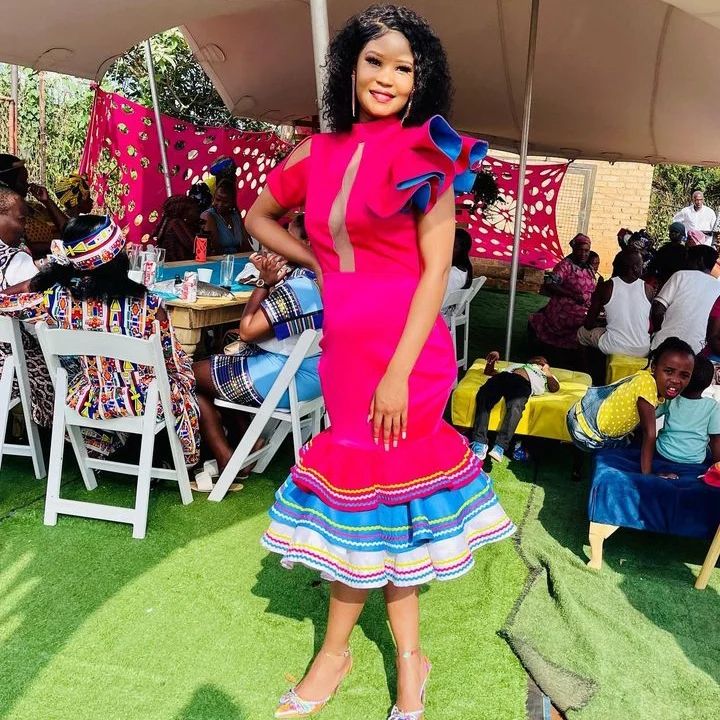
Traditional Clothing Accessories for Men
To complete their traditional attire, Sepedi men often wear accessories like hats, belts, and various beaded jewelry pieces. These accessories add a touch of uniqueness and personality to their outfits while also serving as a way to express their cultural identity.
Exploring the rich tradition of Sepedi traditional attire allows us to appreciate the beauty of their customs and the significance placed on preserving their cultural heritage. By wearing their traditional attire with pride, Sepedi men honor their ancestors and carry forward the legacy of their vibrant culture.
Traditional Attire for Special Occasions
Sepedi traditional attire is a beautiful and vibrant representation of the rich cultural heritage of the Sepedi people in South Africa. Whether it’s for weddings, festivals, or other celebrations, Sepedi traditional attire holds great significance and value in the community.
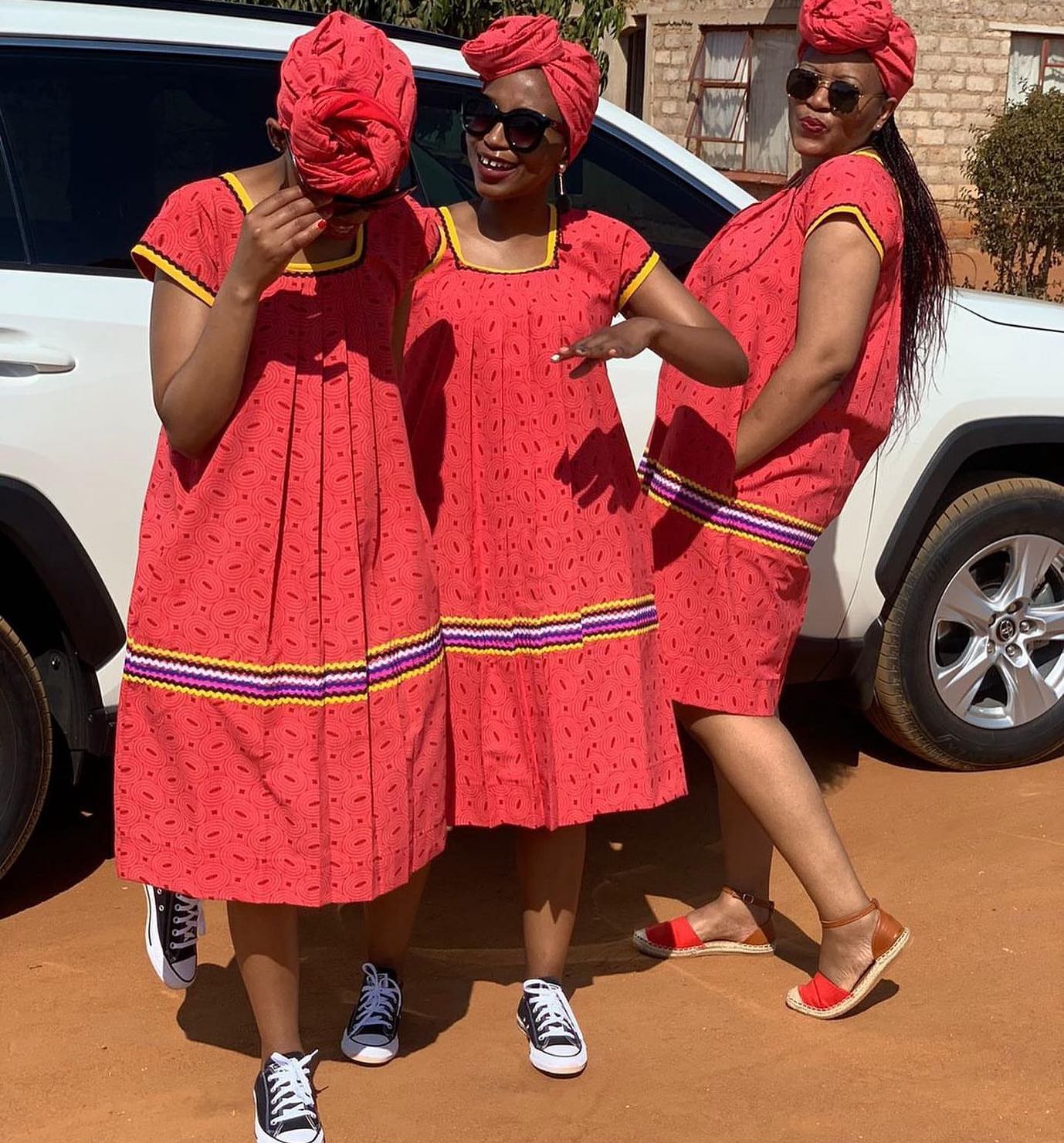
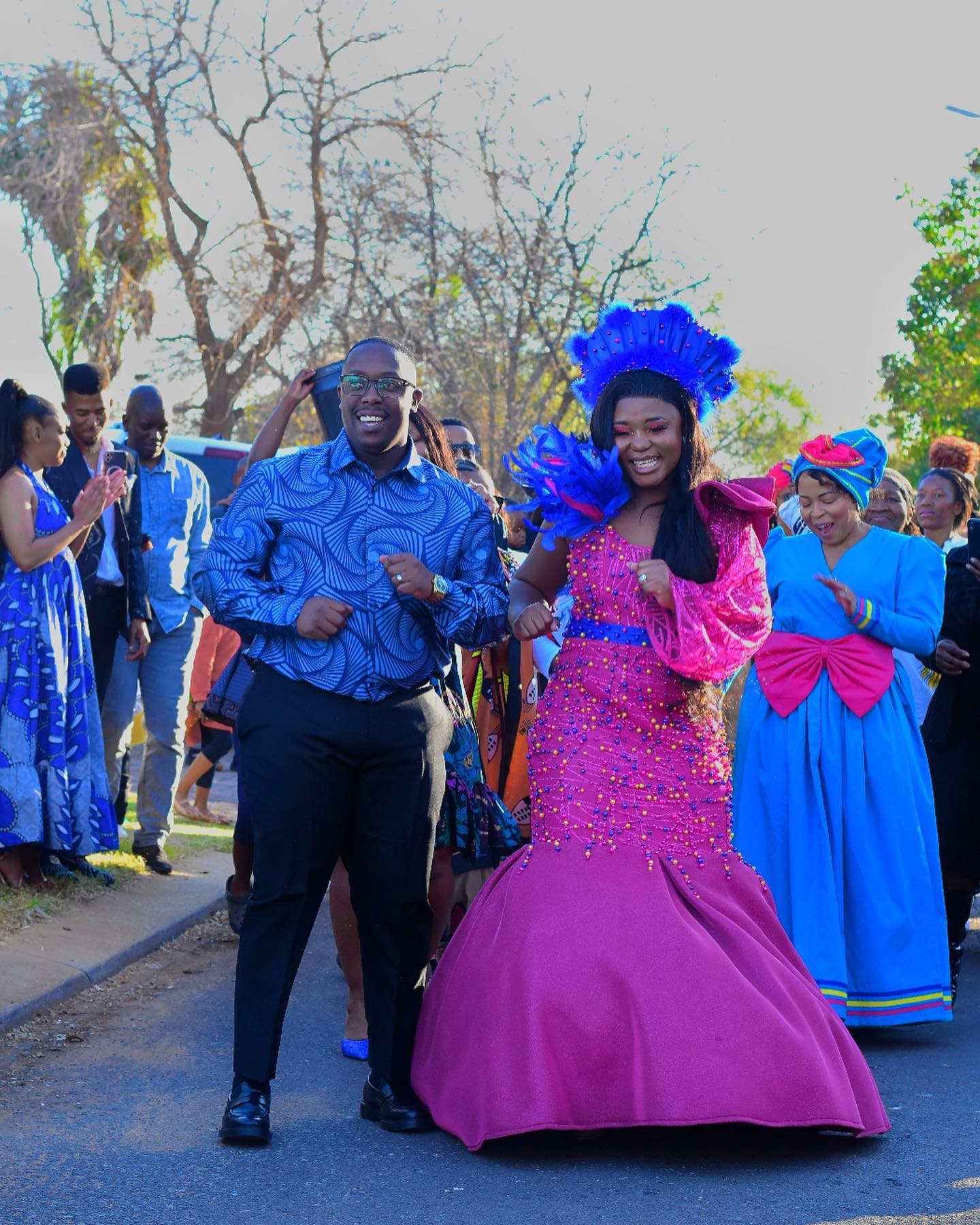
Sepedi Traditional Attire for Weddings
Weddings are a special occasion where Sepedi traditional attire takes center stage. Men usually wear a colorful and intricately designed shirt called “seshweshwe” along with matching trousers, while women showcase their beauty in stunning dresses called “makoti.” These dresses are adorned with stunning beadwork, patterns, and designs that reflect the beauty of Sepedi culture.
Sepedi Traditional Attire for Festivals and Celebrations
During festivals and celebrations, Sepedi traditional attire reflects the joyous spirit and pride of the community. Men wear traditional shirts with vibrant colors, paired with beautifully crafted hats called “dipudi.” Women showcase their elegance in traditional dresses that are embellished with beaded necklaces, bracelets, and headpieces. The use of bright colors, intricate patterns, and detailed beadwork makes Sepedi traditional attire a true testament to the cultural wealth of the Sepedi people.
Sepedi traditional attire is not just clothing; it is a celebration of heritage, identity, and pride. It serves as a visual representation of the rich traditions and customs that have been passed down through generations. Embracing and exploring the beauty of Sepedi traditional attire allows us to appreciate the vibrant cultural tapestry that shapes our diverse world.
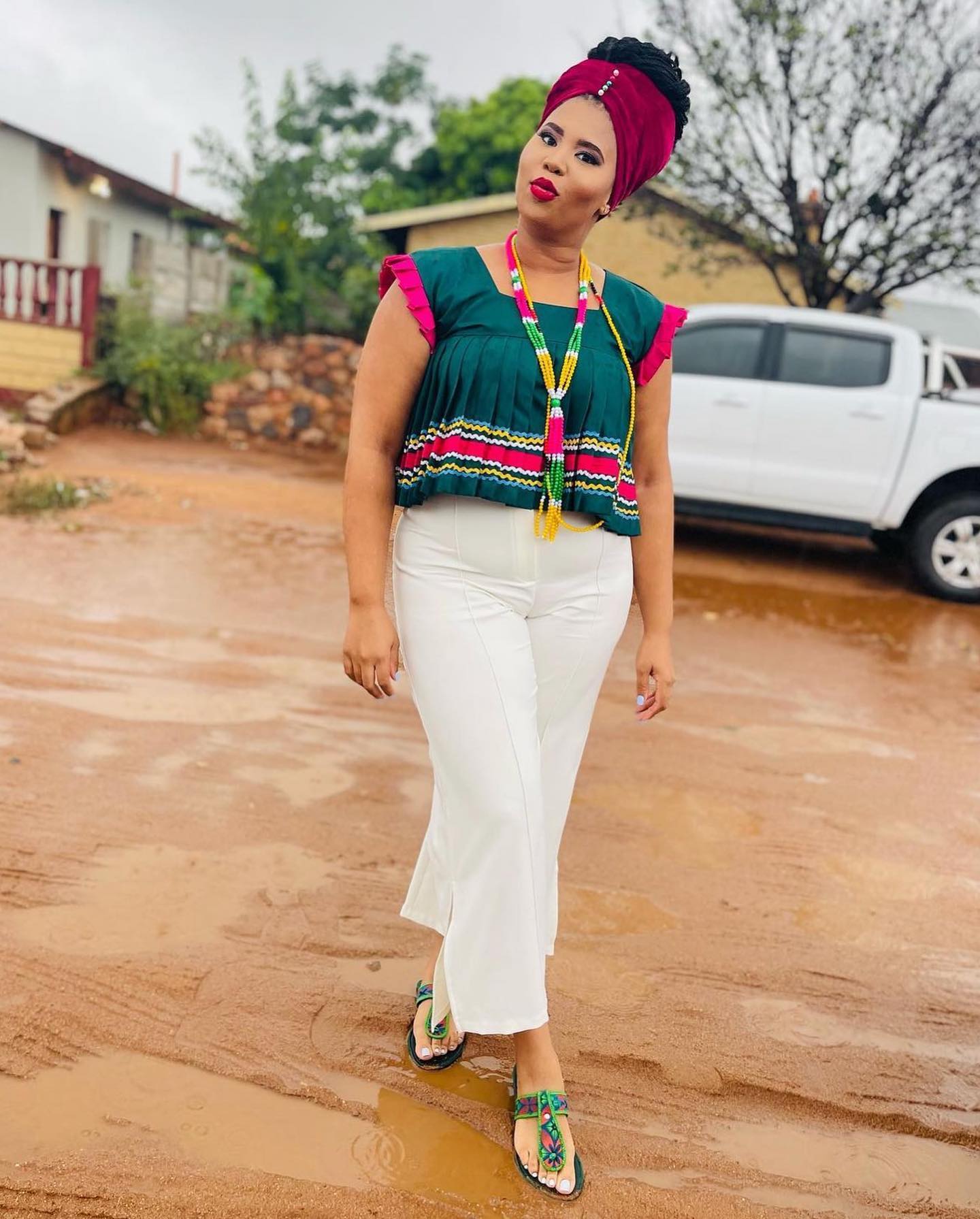
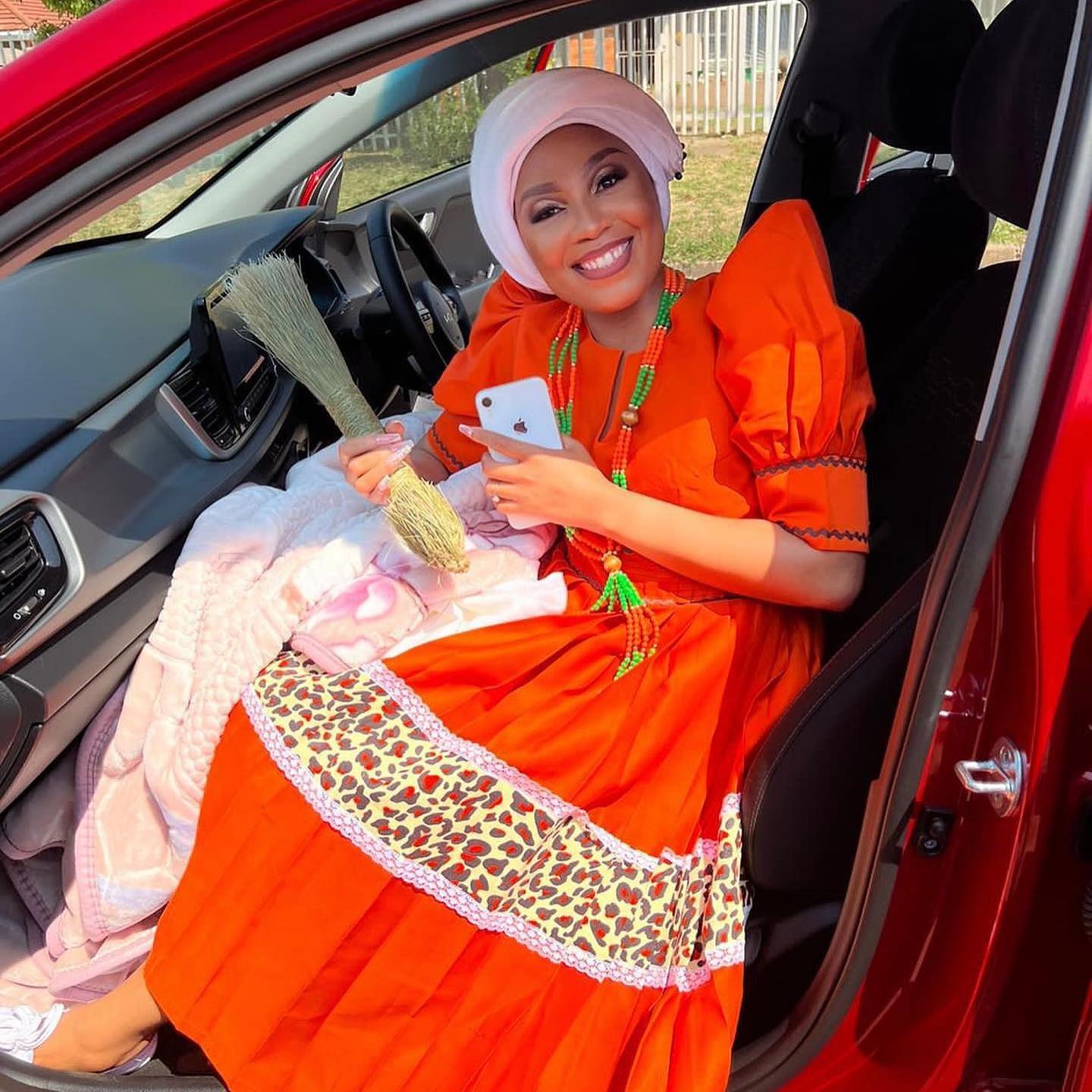
Traditional Attire for Different Age Groups
The rich tradition of Sepedi attire is a vibrant and integral part of the Sepedi culture. From children to the elderly, each age group has its unique and beautiful traditional clothing.
Sepedi Traditional Attire for Children
Children’s traditional attire is adorable and diverse. For boys, it typically consists of colorful shirts with matching shorts or trousers, accessorized with beaded necklaces and bracelets. Girls wear dresses made from vibrant fabrics, often adorned with intricate beadwork and headscarves. These outfits not only showcase the beauty of the culture but also teach younger generations about their heritage and identity.
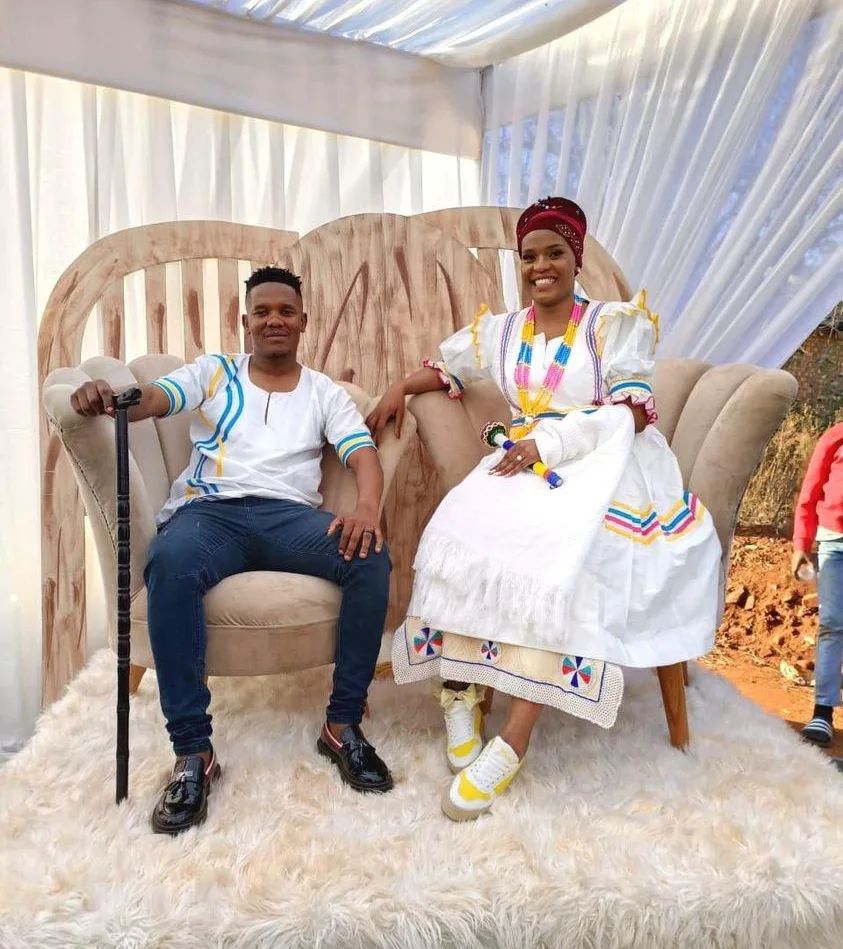

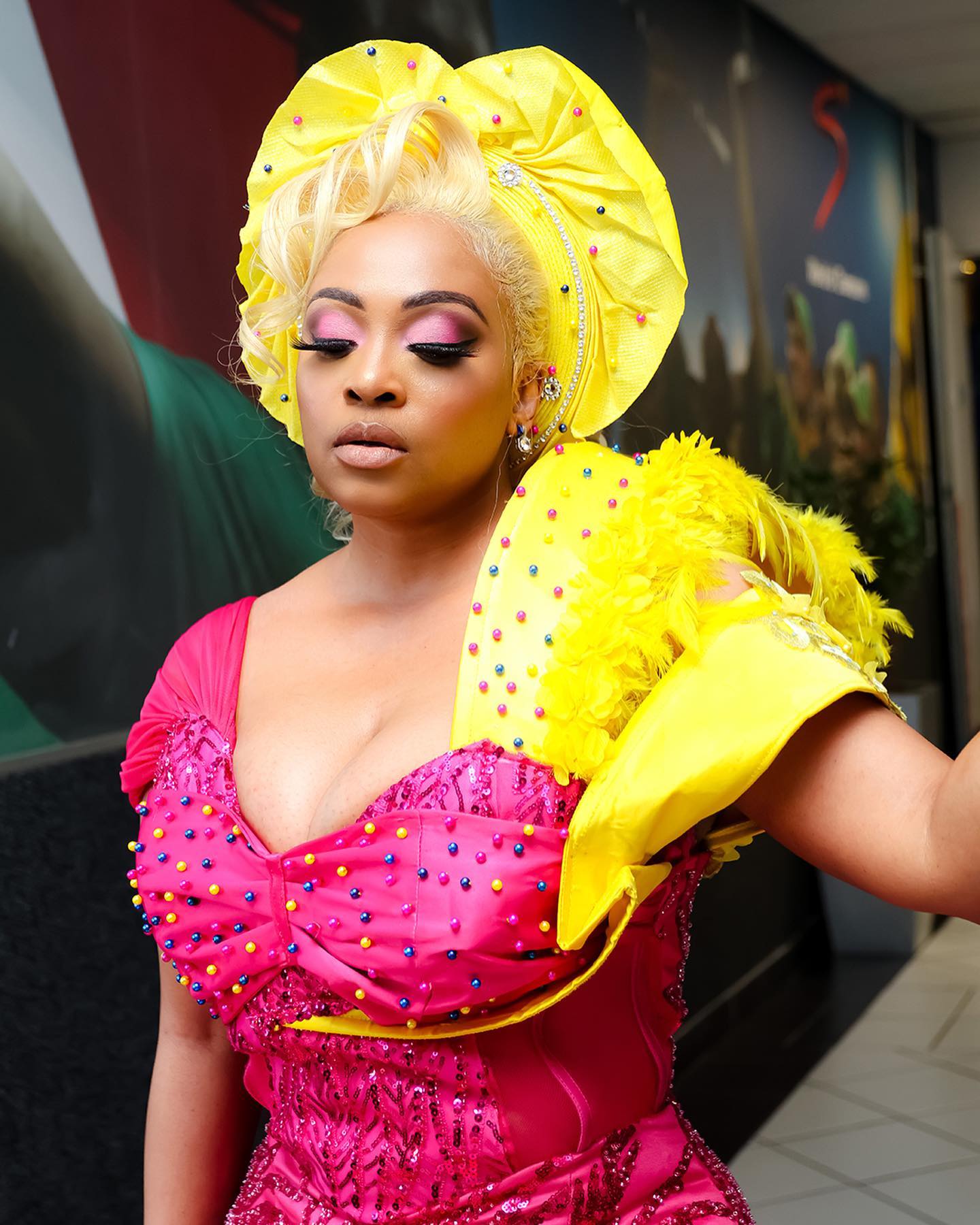
Sepedi Traditional Attire for Elderly
The elderly also embrace their cultural roots through their traditional attire. Men wear beautifully woven straw hats, sheepskin coats or blankets, and leather sandals. Women don elegant dresses made from hand-woven fabric adorned with delicate beadwork and accessorize with headscarves and traditional jewelry. These outfits symbolize wisdom, respect, and the passing down of traditions to future generations.
Sepedi traditional attire holds great significance in preserving cultural identity and heritage. From young children to wise elders, each age group proudly displays their unique style, contributing to the vibrancy and diversity of Sepedi culture.
Comments are closed.